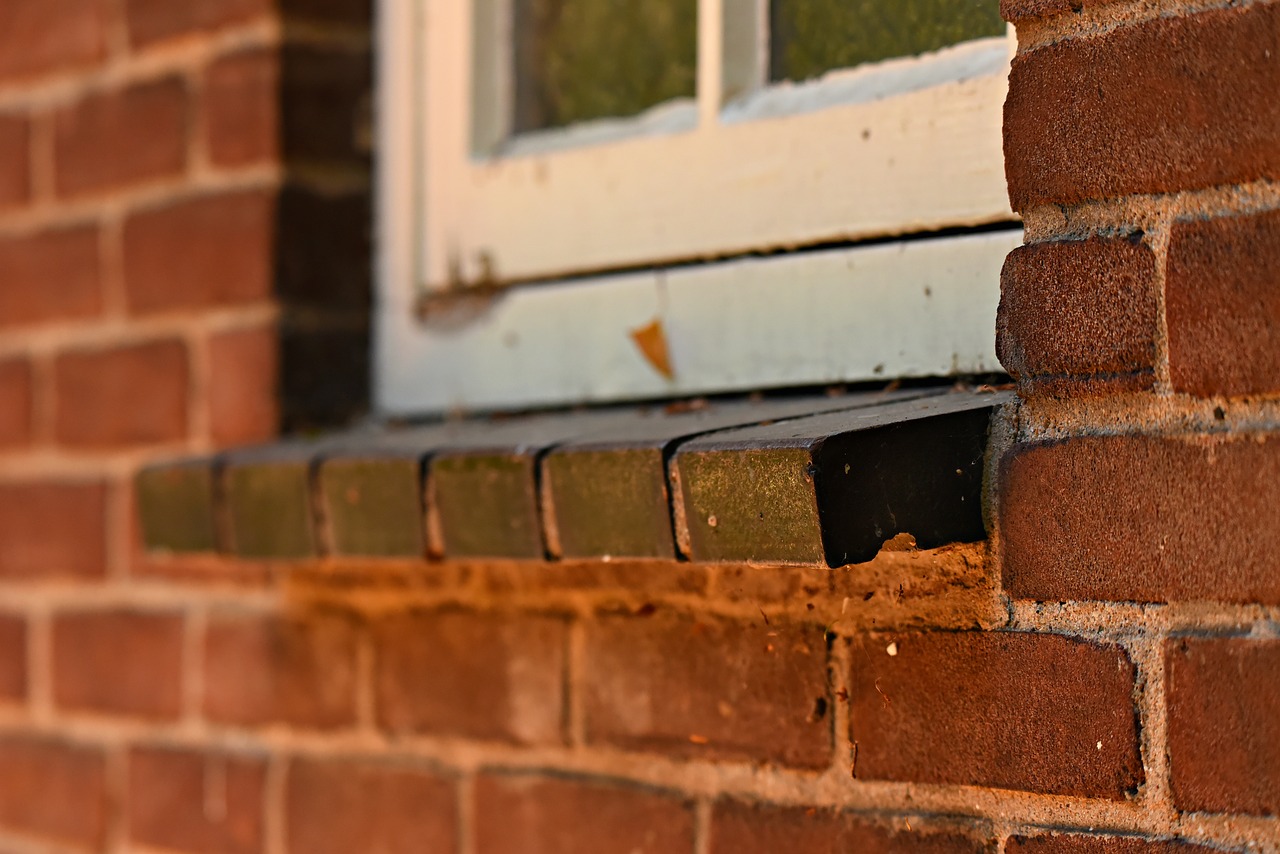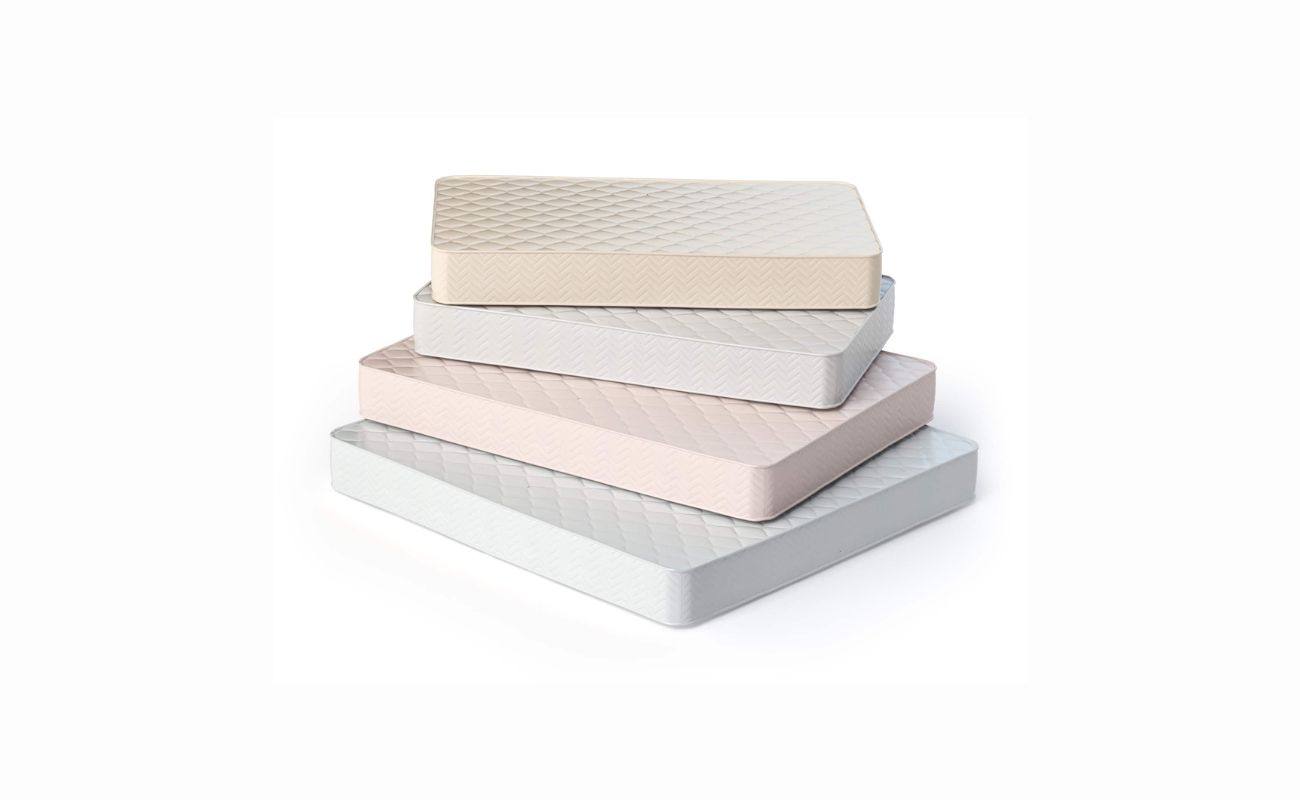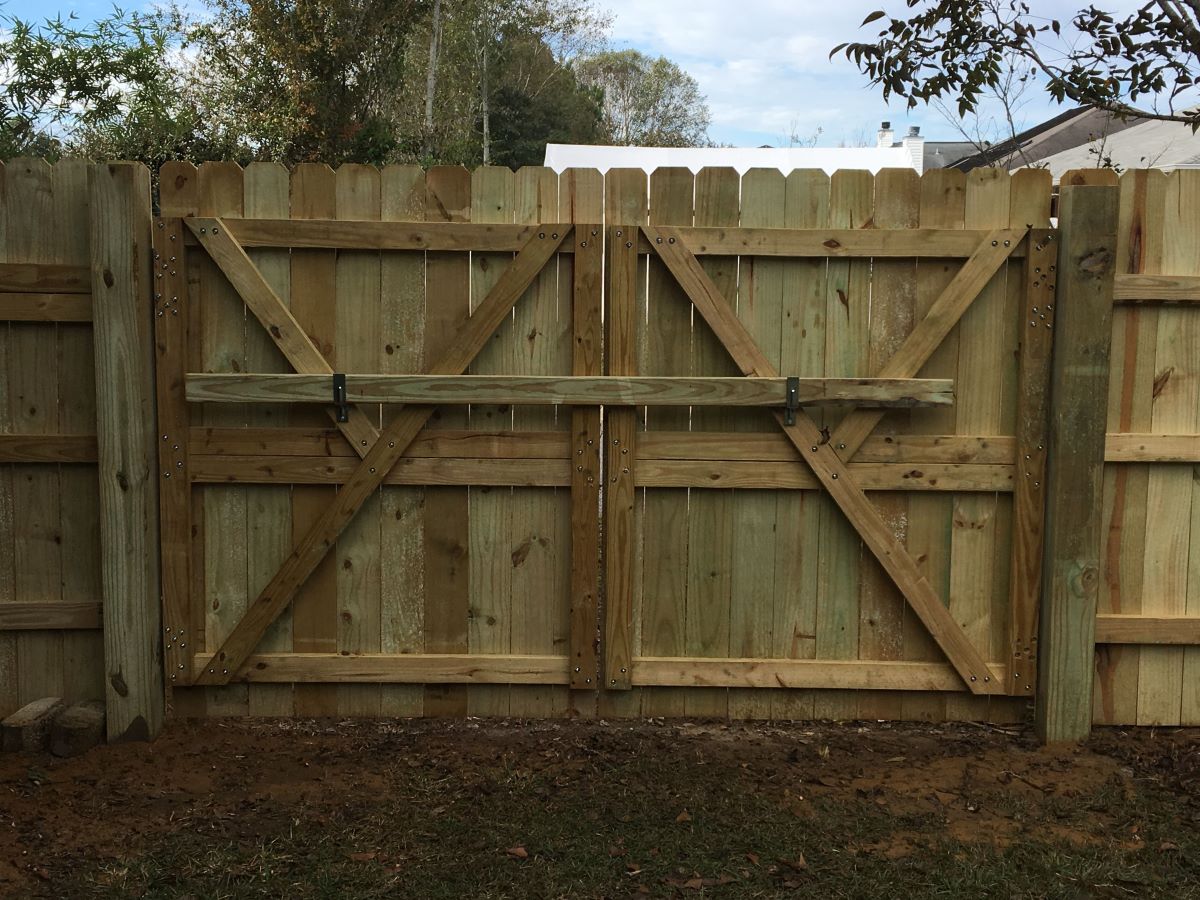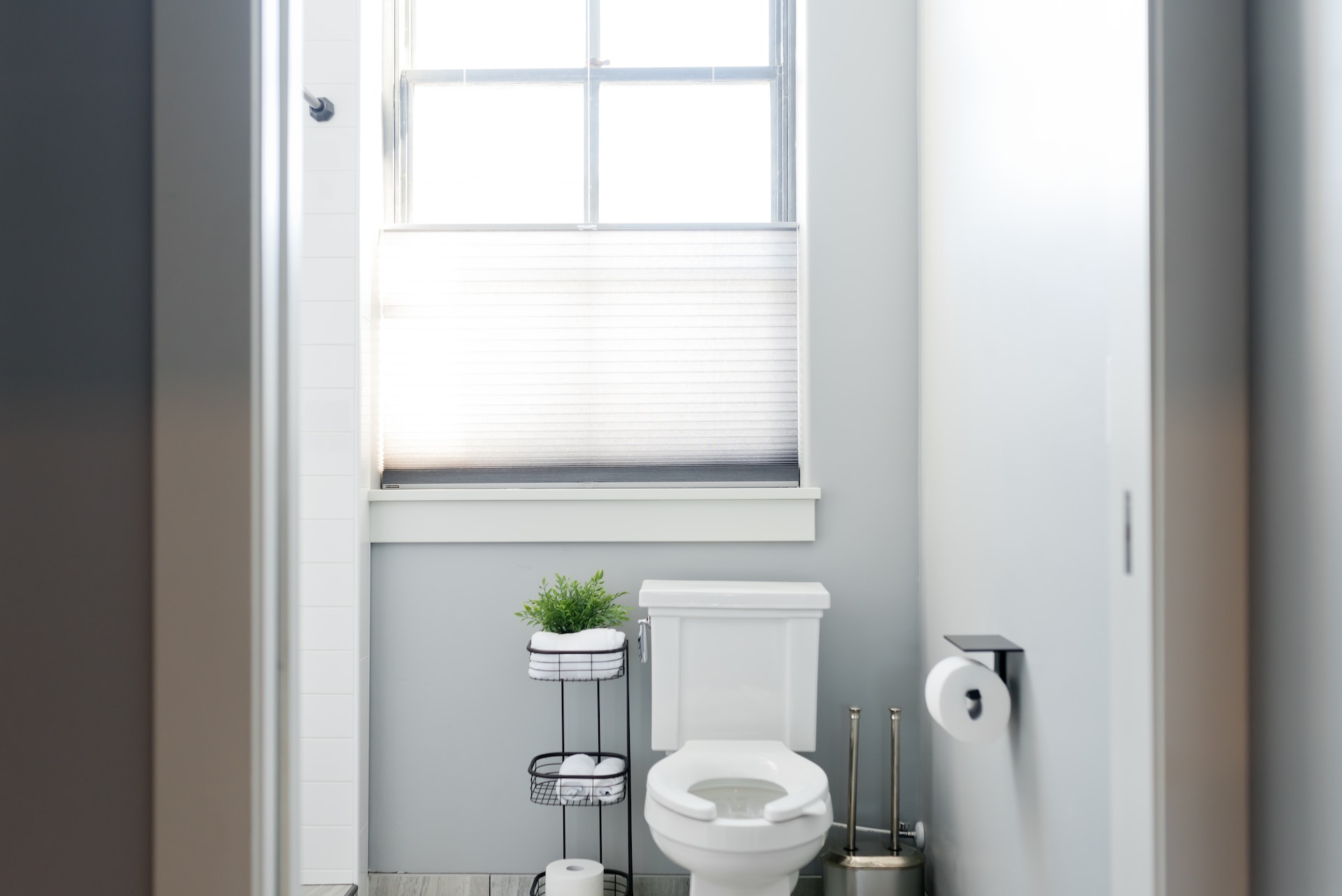Home>Construction & Tools>Building Materials>How Wide Is A Brick Ledge


Building Materials
How Wide Is A Brick Ledge
Published: January 23, 2024
Discover the standard width of a brick ledge and its importance in building materials. Learn how to properly measure and install a brick ledge for construction projects.
(Many of the links in this article redirect to a specific reviewed product. Your purchase of these products through affiliate links helps to generate commission for Storables.com, at no extra cost. Learn more)
Introduction
When it comes to constructing a building, every detail matters. From the foundation to the roof, each component plays a crucial role in ensuring the structural integrity and longevity of the edifice. One such critical element is the brick ledge, a feature that often goes unnoticed but holds immense significance in the construction process.
Understanding the dimensions and significance of a brick ledge is essential for architects, builders, and homeowners alike. In this article, we will delve into the world of brick ledges, exploring their dimensions, importance, and the factors that influence their width. Whether you are embarking on a new construction project or simply seeking to expand your knowledge of building materials, this guide will provide valuable insights into the often-overlooked realm of brick ledges. So, let's embark on this journey to unravel the mysteries of brick ledge width and its impact on construction projects.
Key Takeaways:
- The width of a brick ledge, which supports masonry walls, is typically 3 to 4 inches. It’s crucial for stability, preventing settling, and managing moisture to ensure a durable building structure.
- Factors like building codes, masonry material dimensions, and climate influence brick ledge width. Getting it right is essential for a strong, weather-resistant, and long-lasting masonry building.
Read more: How To Decorate A Ledge In A Living Room
What is a Brick Ledge?
A brick ledge, also known as a masonry ledge or a brick shelf, is a horizontal projection or step built into the foundation of a structure. This specialized feature is designed to accommodate the placement of bricks or other masonry materials, providing a stable and secure base for the exterior walls of a building. The purpose of a brick ledge is to support the weight of the masonry, ensuring proper alignment and structural integrity.
Typically, a brick ledge is located at the base of the exterior walls, serving as a platform for the first course of bricks to rest upon. By incorporating a brick ledge into the foundation design, builders can create a seamless transition between the foundation and the walls, resulting in a cohesive and durable construction.
Brick ledges are meticulously planned and constructed to align with the specific dimensions of the masonry units being used, such as standard bricks or concrete blocks. This precision is essential for achieving a level and plumb installation, which is crucial for the overall stability and aesthetics of the building.
While the primary function of a brick ledge is to support the masonry walls, it also serves as a protective barrier, helping to prevent moisture infiltration and providing a secure anchoring point for the exterior cladding materials. By incorporating a brick ledge into the foundation, builders can enhance the weather resistance and longevity of the structure, mitigating potential water damage and structural issues.
Overall, a brick ledge plays a fundamental role in the construction of masonry buildings, offering a stable foundation for the exterior walls and contributing to the overall resilience and durability of the structure.
Standard Brick Ledge Width
The width of a standard brick ledge is a critical consideration in the construction of masonry buildings. The dimensions of the brick ledge are carefully determined to ensure proper support and alignment of the exterior walls, as well as to accommodate the specific masonry materials being used.
In general, the standard width of a brick ledge ranges from 3 to 4 inches (7.6 to 10.2 centimeters). This width is designed to accommodate the typical size of bricks or concrete blocks, allowing for a secure and stable base for the masonry walls. The precise width of the brick ledge is determined based on the dimensions of the masonry units and the specific requirements of the construction project.
It is important to note that the standard brick ledge width may vary depending on regional building codes, architectural specifications, and the type of masonry materials being utilized. While 3 to 4 inches is a common range for residential and commercial construction, certain projects may require wider or narrower brick ledges to accommodate specialized masonry products or structural considerations.
Additionally, the depth of the brick ledge, which refers to the distance from the exterior face of the foundation to the front edge of the ledge, is also a crucial factor in determining its stability and load-bearing capacity. The depth of the brick ledge is typically designed to provide adequate support for the first course of masonry units while ensuring a secure and level installation.
Ultimately, the standard brick ledge width is carefully calculated and implemented to facilitate the proper installation and long-term performance of the masonry walls, contributing to the overall strength and durability of the building structure.
When building a brick ledge, it is important to make it at least 4 inches wide to provide proper support for the bricks and ensure stability for the structure.
Factors Affecting Brick Ledge Width
The width of a brick ledge is influenced by various factors that are integral to the construction process. Understanding these factors is essential for ensuring the proper design and implementation of brick ledges in masonry buildings.
- Building Codes and Regulations: Regional building codes and regulations play a significant role in determining the minimum requirements for brick ledge width. These codes are established to ensure the structural integrity and safety of buildings, and they often specify the minimum dimensions for brick ledges based on the type of construction and the local environmental conditions.
- Masonry Material Dimensions: The size and dimensions of the masonry units being utilized, such as standard bricks or concrete blocks, directly influence the width of the brick ledge. The goal is to create a snug and secure fit for the masonry materials, allowing for proper alignment and support along the exterior walls.
- Structural Considerations: The structural design and load-bearing requirements of the building also impact the width of the brick ledge. Factors such as the building height, the type of foundation, and the anticipated loads on the exterior walls are taken into account to ensure that the brick ledge can effectively support the masonry without compromising the overall stability of the structure.
- Climate and Environmental Factors: Environmental conditions, including climate, soil characteristics, and moisture levels, can influence the design of the brick ledge. In regions prone to seismic activity, high winds, or freeze-thaw cycles, the width of the brick ledge may be adjusted to enhance the building’s resistance to external forces and environmental stressors.
- Architectural Specifications: The architectural design and aesthetic preferences for the building may also impact the brick ledge width. Certain architectural styles or façade treatments may necessitate specific dimensions for the brick ledge to achieve the desired visual appeal and structural performance.
By considering these factors during the planning and construction phases, builders and designers can ensure that the brick ledge width is carefully tailored to meet the unique requirements of the project, resulting in a resilient and well-executed masonry foundation.
Importance of Proper Brick Ledge Width
The proper width of a brick ledge is of paramount importance in the construction of masonry buildings, as it directly impacts the structural integrity, stability, and long-term performance of the exterior walls. Understanding the significance of maintaining the correct brick ledge width is essential for ensuring the durability and resilience of the building structure.
Structural Support: A properly sized brick ledge provides essential support for the first course of masonry units, ensuring that the exterior walls are aligned, level, and securely anchored to the foundation. This foundational support is critical in distributing the weight of the masonry and resisting lateral forces, contributing to the overall stability of the building.
Prevention of Settling and Movement: By accommodating the specific dimensions of the masonry materials, the brick ledge helps prevent settling, shifting, and movement of the exterior walls over time. Maintaining the proper width of the brick ledge minimizes the risk of uneven settlement, cracking, or displacement of the masonry, preserving the structural integrity of the building.
Moisture Management: A correctly sized brick ledge plays a crucial role in managing moisture infiltration and preventing water damage to the building envelope. By providing a secure base for the masonry walls, the brick ledge helps create a barrier against water penetration, safeguarding the interior spaces and enhancing the longevity of the structure.
Enhanced Weather Resistance: Properly dimensioned brick ledges contribute to the overall weather resistance of the building, particularly in regions prone to adverse weather conditions. By securely supporting the exterior walls, the brick ledge helps mitigate the impact of wind, rain, and temperature fluctuations, reducing the risk of water intrusion and weather-related damage.
Long-Term Durability: Maintaining the correct width of the brick ledge is essential for ensuring the long-term durability of the masonry construction. A well-designed and properly sized brick ledge contributes to the overall robustness of the building, minimizing the potential for structural issues and preserving the aesthetic appeal of the exterior façade.
Ultimately, the importance of proper brick ledge width cannot be overstated, as it serves as a foundational element in the construction of masonry buildings, influencing both the structural performance and the longevity of the structure.
Read more: How Wide Is Insulation
Conclusion
In the realm of construction, the significance of the brick ledge and its proper width cannot be overlooked. From providing essential support for the masonry walls to enhancing the weather resistance and long-term durability of the building, the brick ledge plays a pivotal role in the construction process.
By understanding the standard dimensions of a brick ledge, considering the factors that influence its width, and recognizing the importance of maintaining the proper dimensions, builders and designers can ensure the structural integrity and resilience of masonry buildings.
As construction practices continue to evolve, the role of the brick ledge remains fundamental, serving as a cornerstone for the successful execution of masonry projects. Whether it’s a residential dwelling, a commercial structure, or a monumental edifice, the proper design and implementation of the brick ledge contribute to the enduring strength and visual appeal of the building.
As we navigate the intricate world of construction, let us not underestimate the impact of the humble brick ledge. Its steadfast presence at the foundation of a building symbolizes the meticulous planning and attention to detail that define exceptional craftsmanship. The next time you encounter a masonry structure, take a moment to appreciate the unsung hero that is the brick ledge, silently upholding the beauty and resilience of the built environment.
In conclusion, the brick ledge width is not merely a technical detail but a testament to the art and science of construction, embodying the timeless principles of strength, stability, and enduring quality.
Frequently Asked Questions about How Wide Is A Brick Ledge
Was this page helpful?
At Storables.com, we guarantee accurate and reliable information. Our content, validated by Expert Board Contributors, is crafted following stringent Editorial Policies. We're committed to providing you with well-researched, expert-backed insights for all your informational needs.















0 thoughts on “How Wide Is A Brick Ledge”